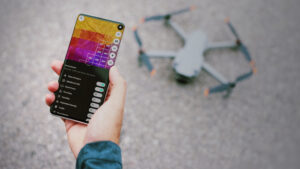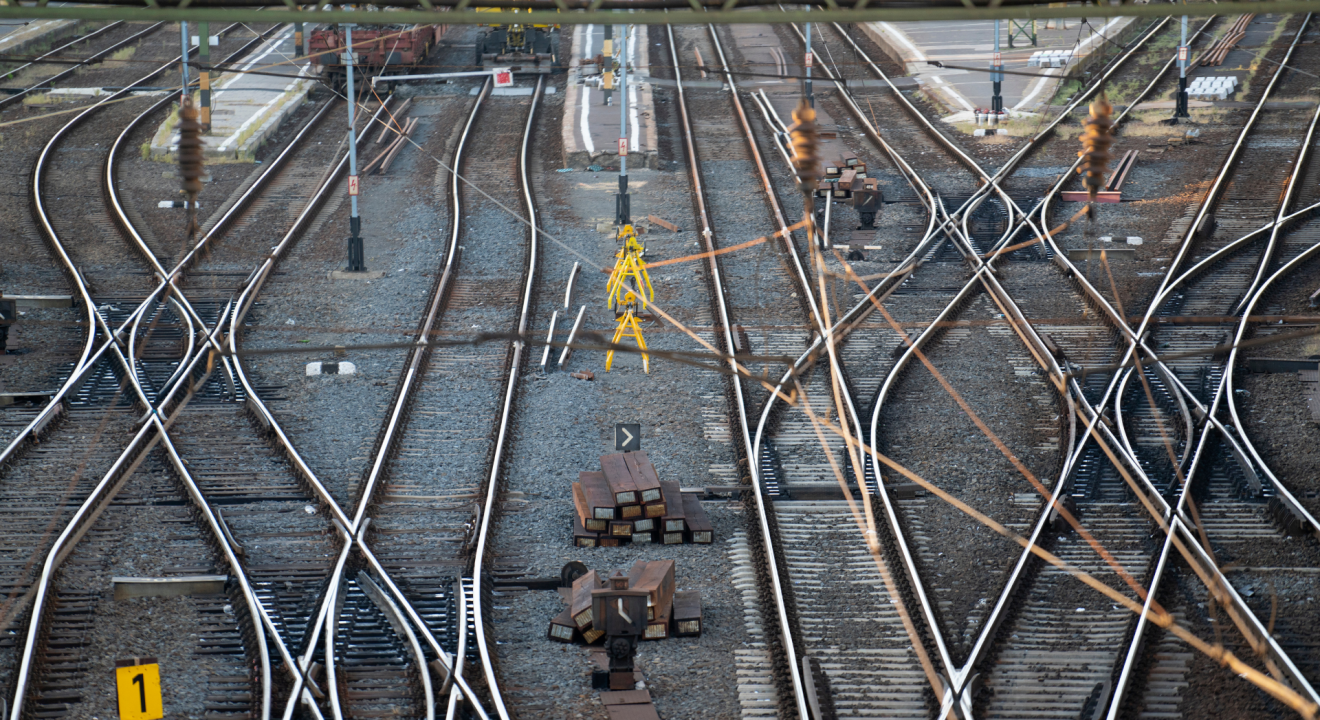The use of drones has significantly increased in the past decade, and it has been implemented across various sectors. Communications relay, search and rescue missions, disaster response, asset protection, healthcare, agriculture, and firefighting are some of the various sectors and industries in which the usage of drones has provided encouraging results of increased safety, reliability, and efficiency.
With the integration of advanced technologies such as Artificial Intelligence, Machine Learning, and Blockchain, drones and other Unmanned Aerial Vehicles (UAVs) have made it into mainstream use. Drones reduce the need for human interference, leading to decreased margins of error. When the need for a pilot is further eliminated, drones have been effectively used to carry out tasks that range from the mundane to those that are too dangerous for human involvement.
Across the globe, drones have revolutionized railway operations by providing a bird’s eye view of the tracks. The introduction of drone technology has created new opportunities for railway operators, offering enhanced safety and reliability through their dependable support. Unmanned aerial vehicles (UAVs) are being utilized to thoroughly inspect railway infrastructure, ensuring secure and reliable transportation for both passengers and freight.
In the Railway industry, drones have become an indispensable tool for maintaining stable inspection systems. They are utilized to monitor critical railway infrastructure, including high-voltage electrical lines, catenary lines, tracks, and switching points. With the assistance of drone technology, extensive imagery is captured to expedite the detection of defects, cracks, and other potential hazards. Frequent inspections ensure enhanced railway security, reliability, and scheduled performance. Improved productivity results in reduced costs and overall efficiency within the industry.
The Use of Advanced Technologies for Enhanced Performance
In most industries that rely on human competency for the upkeep of operations, the result is often irregular and incorrect monitoring systems, with the possibility of errors being overlooked. This is reflected in the railway industry, as significant derailments are caused by human error and negligence. The conventional railway inspection systems relied on workers to use automated vehicles for inspection. This was unreliable at best and, at worst, jeopardized the safety of workers.
The improved model of inspection combines several methods such as:
- Optical techniques
- Eddy current testing to inspect surfaces for cracks and flaws
- Ultrasonic system
- Electromagnetic inspection
The advancement of technology and its implementation have allowed for the refinement of these methods. Drones integrate these methods to provide a number of benefits to the railway industry.
- Railway planning through digital mapping techniques like photogrammetry and LiDAR
- Railway inspection is made easier by implementing drones that can help railway companies massively streamline the process
- Monitoring of construction and electrical works to track the progress of a project
- Automated collection of high-resolution data at centimeter-level accuracy
- Surveillance, especially at night, can be done with thermal sensors that can pick up unusual or suspicious activity
- Emergency damage assessment needs to be carried out as soon as possible in the aftermath of a disaster. Along with time, urgency is placed on accuracy. Drones can carry out a rapid, complete inspection of railways.
In addition to these benefits, drones also offer increased safety and greater cost and time effectiveness.
Methods of Capturing Inspection Data Using Drones
The drone industry can reinforce this newer, more efficient system by integrating drones with advanced technologies to create better inspection methods. Capturing inspection data is done by several procedures.
One of these is HSV (hue, saturation, and value) color extraction. Images captured through drones can often have their quality compromised due to the influence of harsh weather conditions or simply because images produced at different times can vary in quality.
To overcome this and produce high-quality images, the images obtained are converted into HSV models. The RGB color model is interpreted, and colors are expressed according to their hue, saturation, and value.
An obstacle to railway transportation safety is the presence of foreign objects that can prove to be fatal. With the use of technologies such as deep learning, object detection can be reliably done with drones to detect the presence of foreign objects and alert the relevant authorities to have them removed.
Similar to object detection, railway track and edge detection employ the use of various software. Railway track detection traces the edges of a railway to remove the possibility of a foreign object being mistaken as part of the track. After the edges of the railway track are defined, edge detection systems further enhance the detection of foreign objects by discerning between the tracks, the background, and surrounding details.
The Federal Aviation Administration (FAA) provides additional guidance for drones to safely maneuver their way around airspace and over the whole region of railway tracks. The use of drones to detect damages in railway tracks represents a significant step forward for the industry. What was once the exclusive responsibility of human inspectors is now being supported by supplementary platforms such as artificial intelligence and drone technology. Critical components such as rails, sleepers, and fasteners are meticulously scrutinized for potential defects, including deformed rails and broken sleepers, which could cause severe damage if left unresolved. These inspection methods utilize a range of techniques, including crack detection, peeling, scratches, folds, broken rails, scars, and more. UAVs have emerged as an essential tool for enhancing traditional railway inspection systems, improving effectiveness and efficiency while minimizing disruptions.
SkyGrid has used a combination of advanced technologies to offer a new approach to UTMs. To learn more about the technology behind our products, visit us here.


